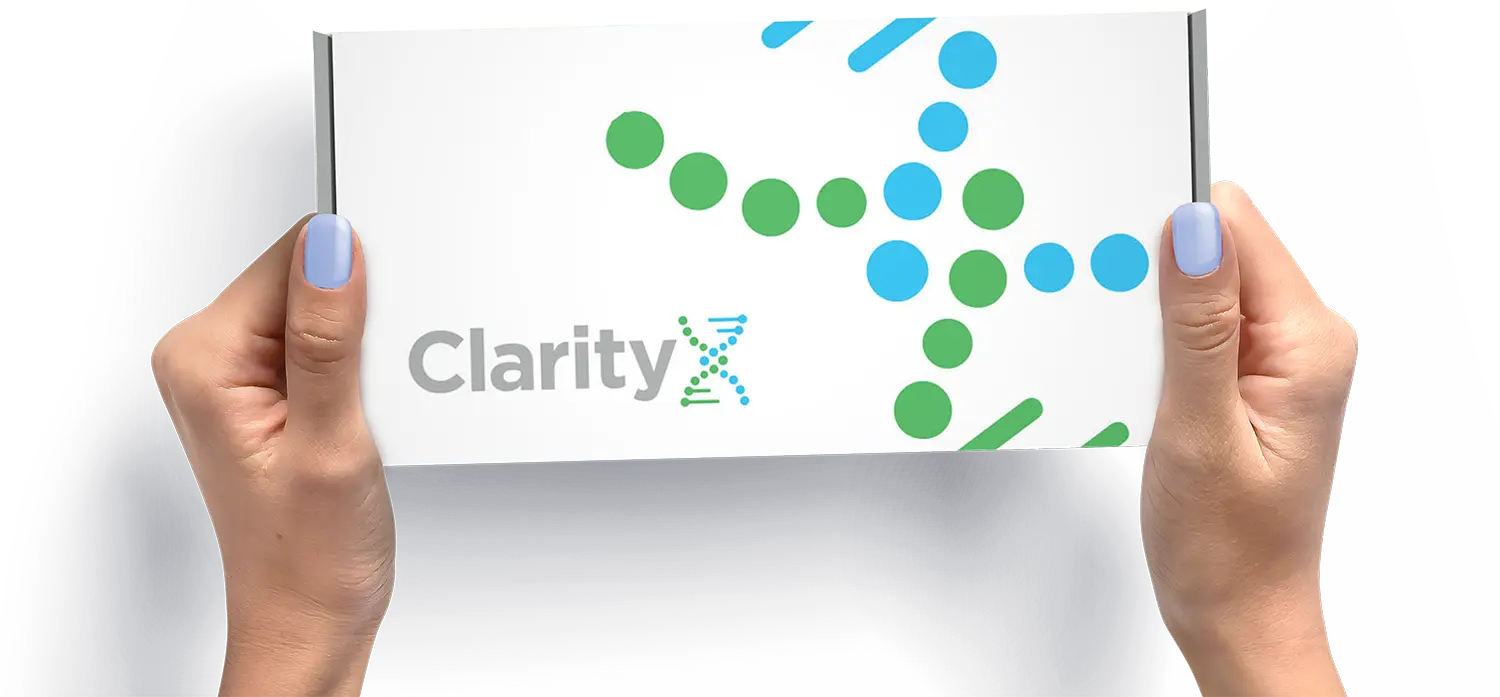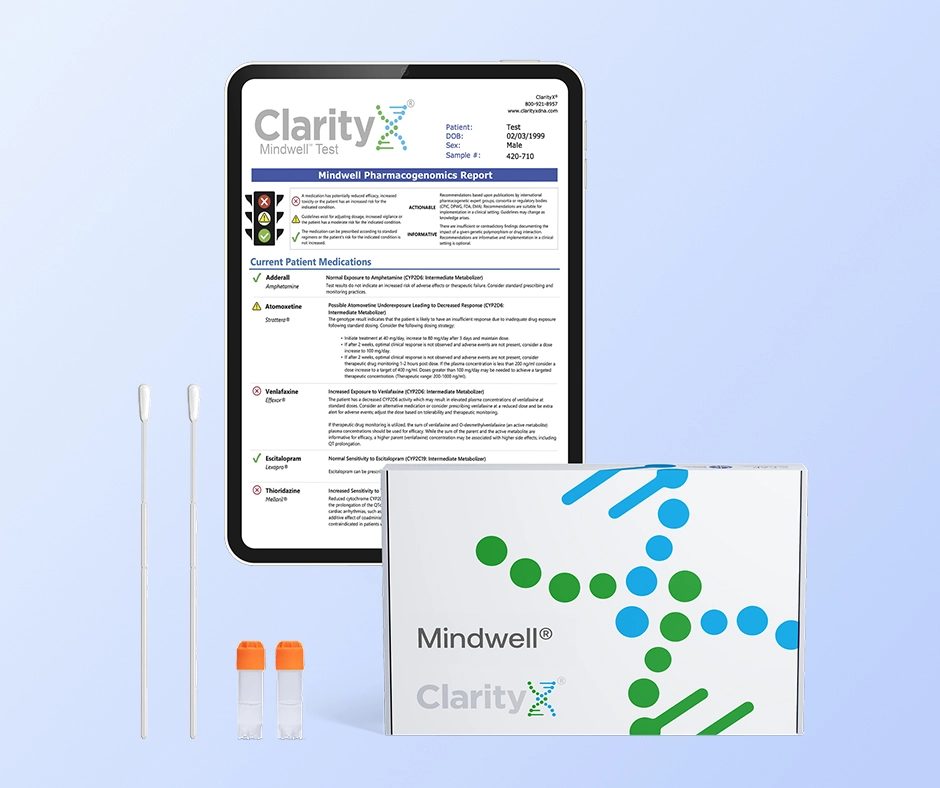Spring Sale! Save 25%️
Free Express Shipping
Sale Ends: 05/23
Uses
Side effects
Interactions
Precautions
KEPPRA is indicated for adjunctive therapy in the treatment of:
- Partial onset seizures in patients one month of age and older with epilepsy
- Myoclonic seizures in patients 12 years of age and older with juvenile myoclonic epilepsy
- Primary generalized tonic-clonic seizures in patients 6 years of age and older with idiopathic generalized epilepsy
Most common adverse reactions (incidence ≥ 5% more than placebo) include:
- Adult patients: somnolence, asthenia, infection and dizziness
- Pediatric patients: fatigue, aggression, nasal congestion, decreased appetite, and irritability
- In vitro data on metabolic interactions indicate that levetiracetam is unlikely to produce, or be subject to, pharmacokinetic interactions. Levetiracetam and its major metabolite, at concentrations well above Cmax levels achieved within the therapeutic dose range, are neither inhibitors of, nor high affinity substrates for, human liver cytochrome P450 isoforms, epoxide hydrolase or UDP-glucuronidation enzymes. In addition, levetiracetam does not affect the in vitro glucuronidation of valproic acid.
- Potential pharmacokinetic interactions of or with levetiracetam were assessed in clinical pharmacokinetic studies (phenytoin, valproate, warfarin, digoxin, oral contraceptive, probenecid) and through pharmacokinetic screening in the placebo-controlled clinical studies in epilepsy patients.
- Behavioral abnormalities including psychotic symptoms, suicidal ideation, irritability, and aggressive behavior have been observed; monitor patients for psychiatric signs and symptoms
- Suicidal Behavior and Ideation: Monitor patients for new or worsening depression, suicidal thoughts/behavior, and/or unusual changes in mood or behavior
- Monitor for somnolence and fatigue and advise patients not to drive or operate machinery until they have gained sufficient experience on KEPPRA
- Withdrawal Seizures: KEPPRA must be gradually withdrawn


